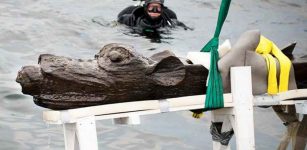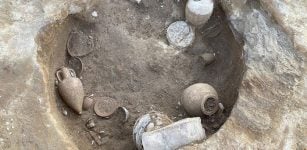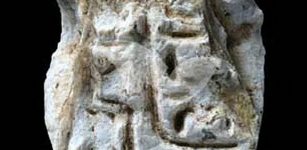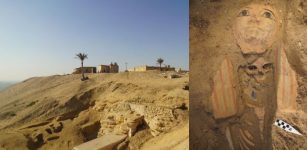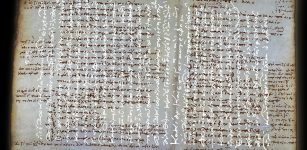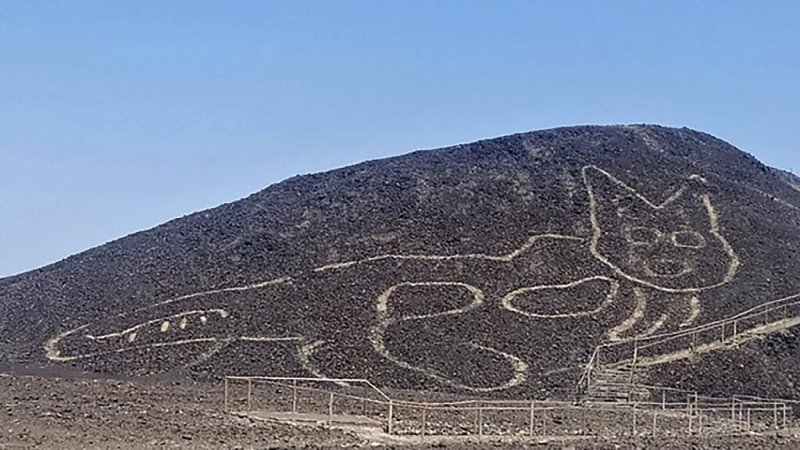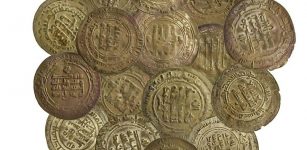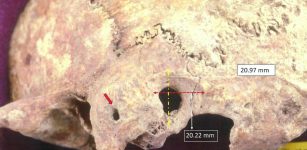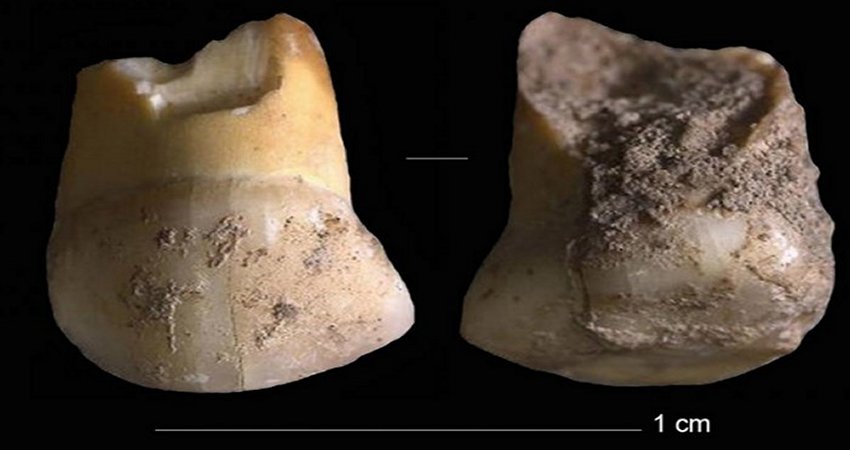37,000-Year-Old ‘Deep Skull’ Discovered In Niah Cave Is Not What Previously Expected
MessageToEagle.com – The ancient cranium specimen was found in Niah Cave in Sarawak in 1958. Scientists have studied the 37,000-year-old “Deep Skull” from Borneo ever since and now it turns out the cranium is not what we expected. The skull remains represent oldest traces of modern human discovered on the Borneo Island in in Southeast Asia’s Malay Archipelago.
It was previously thought the Deep Skull was also likely to have been an older woman, rather than a teenage boy, but that is not the case.
In 1960, prominent British anthropologist Don Brothwell concluded the Deep Skull belonged to an adolescent male and represented a population of early modern humans closely related, or even ancestral, to Indigenous Australians, particularly Tasmanians.
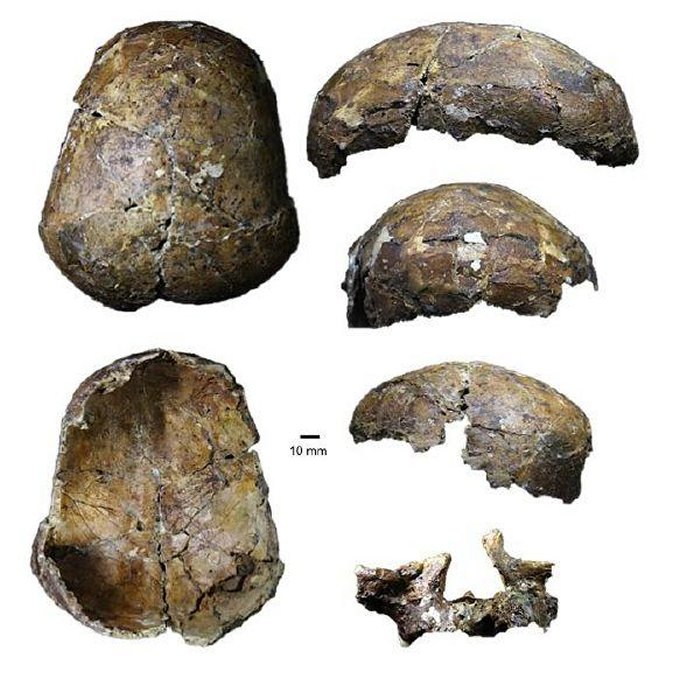
Recent research conducted by by UNSW Australia Associate Professor Darren Curnoe has revealed that this ancient person was not related to Indigenous Australians, as had been originally thought.
“Our analysis overturns long-held views about the early history of this region,” says Professor Curnoe. “We’ve found that these very ancient remains most closely resemble some of the Indigenous people of Borneo today, with their delicately built features and small body size, rather than Indigenous people from Australia.”
“Brothwell’s ideas have been highly influential and stood largely untested, so we wanted to see whether they might be correct after almost six decades,” says Curnoe.
See also:
Mysterious Archaic Cavemen – Denisovans – Were Relatives To Neanderthals And Humans
36,500-Year- Old Footprints Discovered In Carpathian Mountain Cave Could Re-Write History
Red Deer Cave People – Mysterious New Human Species Baffles Scientists
“Our study challenges many of these old ideas. It shows the Deep Skull is from a middle-aged female rather than a teenage boy, and has few similarities to Indigenous Australians. Instead, it more closely resembles people today from more northerly parts of South-East Asia.”
“Our discovery that the remains might well be the ancestors of Indigenous Bornean people is a game changer for the prehistory of South-East Asia.”
The Deep Skull has also been a key fossil in the development of the so-called “two-layer” hypothesis in which South-East Asia is thought to have been initially settled by people related to Indigenous Australians and New Guineans, who were then replaced by farmers from southern China a few thousand years ago.
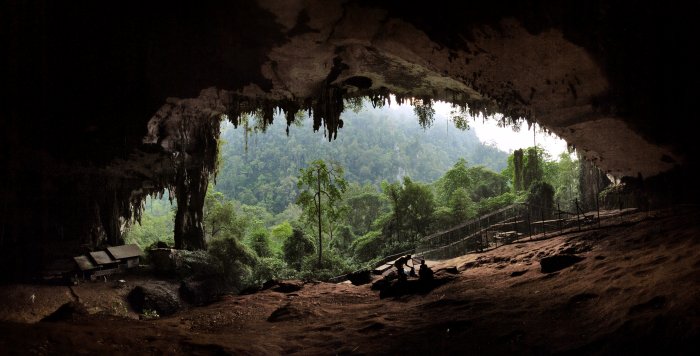
The new study challenges this view by showing that – in Borneo at least – the earliest people to inhabit the island were much more like Indigenous people living there today rather than Indigenous Australians, and suggests long continuity through time.
It also suggests that at least some of the Indigenous people of Borneo were not replaced by migrating farmers, but instead adopted the new farming culture when it arrived around 3,000 years ago.
“Our work, coupled with recent genetic studies of people across South-East Asia, presents a serious challenge to the two-layer scenario for Borneo and islands further to the north,” says Curnoe.
“We need to rethink our ideas about the region’s prehistory, which was far more complicated than we’ve appreciated until now.”
MessageToEagle.com

